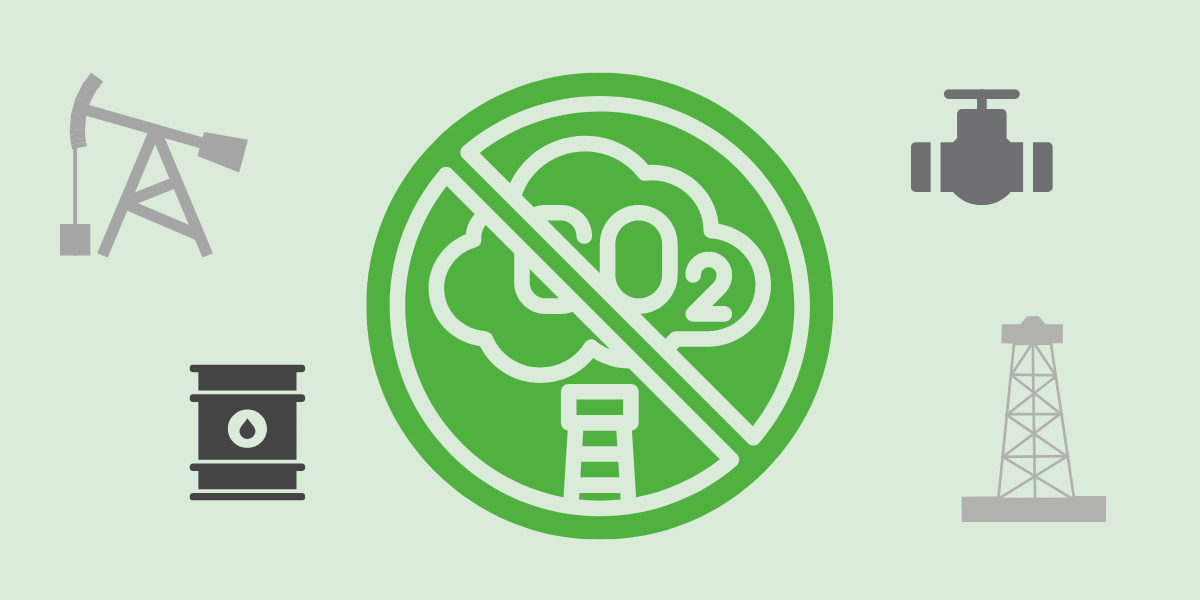3 min read
New Quad O Standards: The Future of Compressed Air in Oil and Gas
Tsunami Team
:
Apr 29, 2024 9:37:29 AM

When you think of the oil and gas industry, the first things that come to mind are usually pipelines, refineries, and giant oil rigs - but there's more going on behind the scenes to keep the process moving downstream. Usually, oil and gas are used to move each natural resource to the next point, but the way operations usually run is taking a toll on the environment. It's time to start implementing changes in the oil and gas industry that will lead to a more sustainable future.
What does the oil and gas industry need to achieve this? Compressed instrument air. New guidelines have recently been passed on a federal level to reduce the increasing harm and, hopefully, reduce the impact the oil and gas industry has contributed to over the years.
In this article, we are going to discuss the new Quad O guidelines; how they can leave a positive impact on the industry and on our planet:
- What is Quad O?
- Key Impacts
- Benefits of Implementing Quad O Regulations
- How to Get Ahead of the EPA with Quad O
What is Quad O?
Quad Zero is an EPA regulation put into place in hopes to reduce methane emissions. It was first put on the table in 2012, and has been newly refined under Section 111 of the Clean Air Act (CAA). Published, the mandate states the oil and gas industry must reduce methane gas emissions and put in measures to ensure they are releasing less pollutants overall.
Quad O contains four classes for facilities construction:
- Subpart OOOO: new, modified or reconstructed sources after August 23, 2011 but on or before September 18, 2015
- Subpart OOOOa (Quad Oa): new, modified or reconstructed sources after September 18, 2015 but on or before November 15, 2021
- Subpart OOOOb (Quad Ob): new, modified or reconstructed after December 6, 2022
- Subpart OOOOc (Quad Oc): existing sources, including sources that commenced construction, reconstruction or modification before December 6, 2022
Air pollution agencies will be expected to develop implementation plans for methane emissions from oil and gas production facilities and submit them for EPA approval.
Source: https://www.powereng.com/library/new-quad-o-standards-the-future-of-oil-and-gas-regulations
Key Impacts of Quad O
Within the defined classes there are some new requirements producers need to be aware of.
For the production, transmission and processing sectors, notable changes were made in storage vessel applications and fugitive monitoring. For example, a tank battery, which can consist of one or more vessels manifolded together for liquid transfer, are subject to decreasing emissions of methane and VOC’s by 95%.
Fugitive monitoring will now be conducted on a quarterly basis, increasing the frequency of inspections from semiannual to quarterly. Producers need to plan ahead for these inspections as the spike in demand may cause a shortage of the necessary equipment.
Air compressors located at newly defined "centralized production facilities" are affected as follows:
- Reciprocating compressors are required to maintain emissions at or below two standard cubic feet per minute (scfm) per cylinder
- Dry seal centrifugal compressors are required to maintain flow rates equal to or less than 10 scfm per seal
- Wet seal centrifugal compressors must maintain flow rates equal to or less than three scfm per seal
Stations that are switching from compressed gas to compressed air, will need to rely on clean, instrument grade air for their systems. Click the graphic below to download our product guide!
Benefits of Implementing Quad O Regulations
Complying with the Quad O mandate will take some time - processes will need to be updated, new equipment will need to be installed, and workers will need to be trained to comply with the regulations and trained to use the new equipment. At the same time, by implementing these changes throughout the oil and gas processes there will be a variety of benefits that will positively affect your business in the long term, from your employees to the planet. By following the new regulations, you can also avoid fines and fees associated with not implementing what is necessary in a timely manner.
By implementing Quad Zero regulations, you will impact:
- The Environment: By striving for zero methane emission, you can significantly reduce your carbon footprint to help mitigate environmental degradation.
- Public Health: When you lower your carbon footprint, you can have hand in improving overall air quality; this aids in reducing health risks caused by polluted air.
- Innovation and Technology: When processes are changed, innovation is born. By adhering to new regulations, you are making way for the development of cleaner technologies within the oil and gas sector that may lead to more efficient extraction and production methods.
- Long-term Sustainability: Adopting quad zero regulations with less emissions would help align the oil and gas industry with a global goal of lowering carbon emissions and shift the market towards environmentally-friendly initiatives.
How to Get Ahead of the EPA with Quad O
By looking into the EPA requirements for cleaner air, you can stay on track with what's expected in the industry. Depending on how long your business has been in operation, the timeline of being compliant varies. Here at Tsunami, we are committed to ensuring you have everything you need in place so your operations can continue without delay, and smoothly transition into implementing the necessary compressed air equipment to reach the EPA's and your own clean air goals.
Implementing these new standards will create a better future for our environment - which includes you, your business, and your employees. If you have any questions or want to know what you need to be in good standing with the EPA, give us a call and our experts will guide you through what we know about what they're looking for, and how our pneumatic timers and dryers can get you there.
Click the graphic below to download our product guide for instrument grade air for compressor stations!



